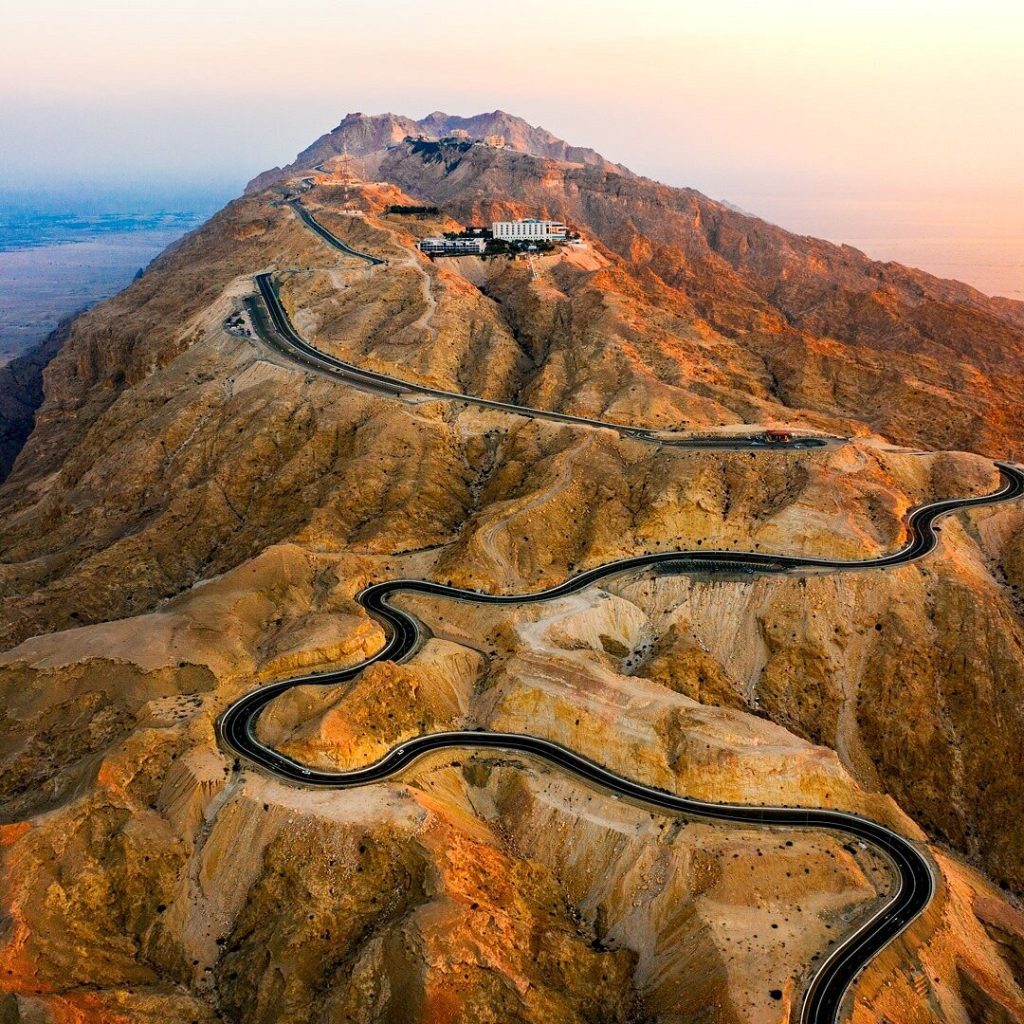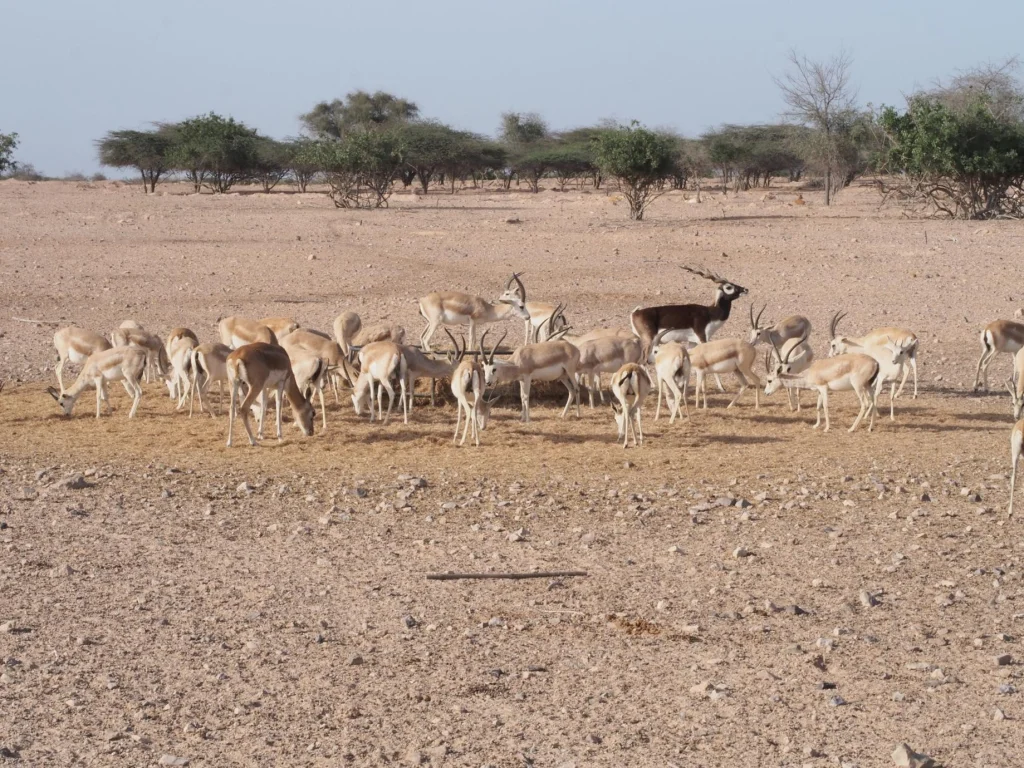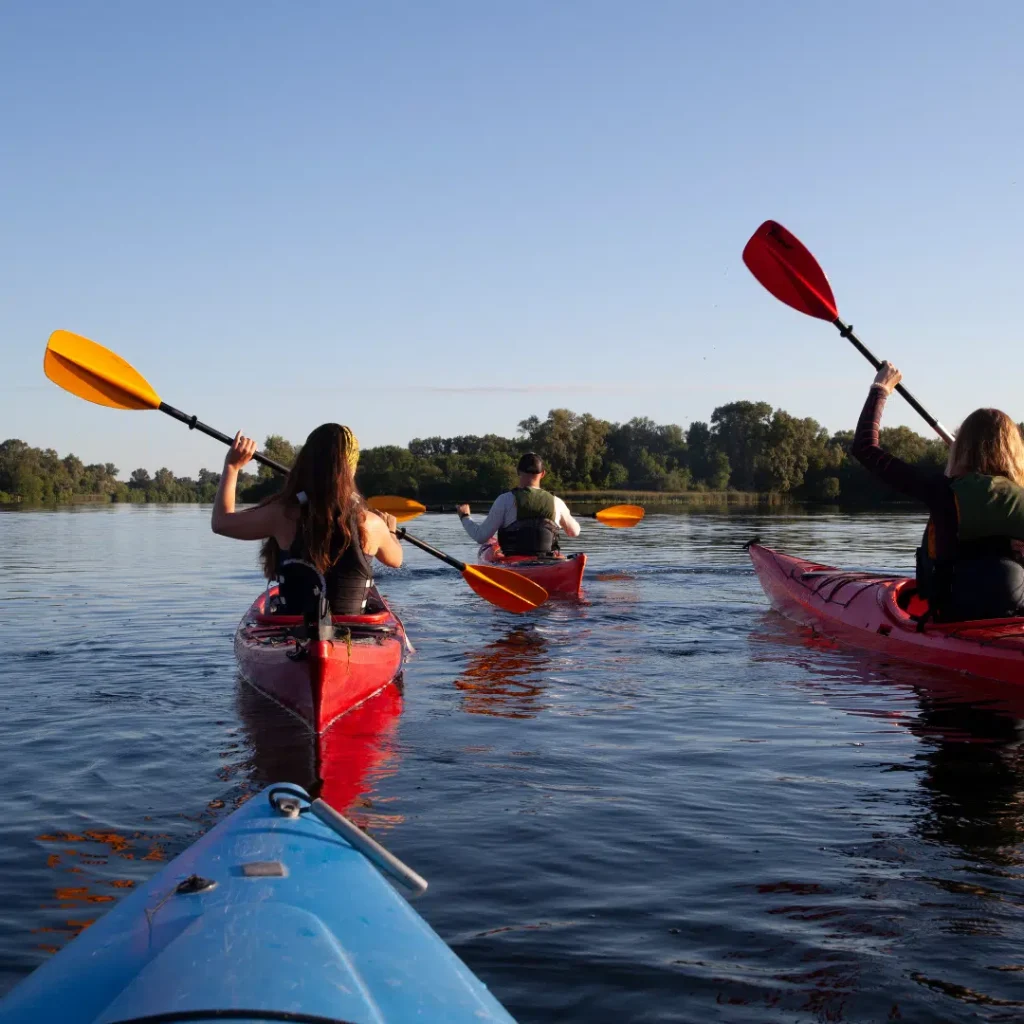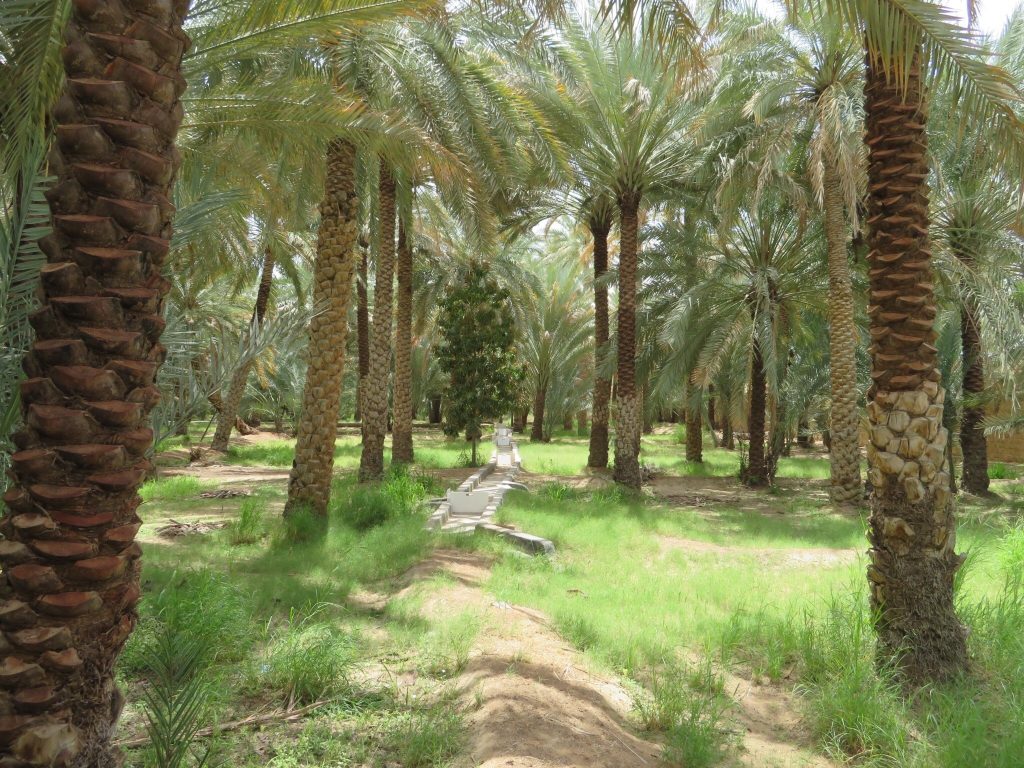Abu Dhabi may be known for its futuristic skyline, but it also offers incredible natural escapes. From wetlands teeming with birdlife to vast desert landscapes, the emirate hides stunning environments waiting to be explored. For instance, wildlife reserves, lush oases, and mangrove forests provide unique experiences for outdoor enthusiasts. That’s why discovering the best things to do for nature lovers in Abu Dhabi means venturing beyond the city and into these untouched landscapes. Whether you seek adventure or tranquility, these destinations promise an unforgettable connection with nature.
AL WATHBA WETLAND RESERVE
Nestled approximately 40 kilometers southeast of Abu Dhabi, Al Wathba Wetland Reserve offers a haven for bird enthusiasts. This protected area spans over 5 square kilometers, comprising wetlands, salt flats, and fossilized sand dunes. The reserve is particularly famous for its seasonal flamingo population, which peaks during the autumn and spring migration periods. However, beyond flamingos, more than 250 bird species have been recorded, making it a paradise for ornithologists and wildlife photographers alike.
Walking trails and bird hides allow visitors to observe birds and aquatic life without disturbing their habitat. The ecosystem supports native plants and various aquatic species, contributing to the reserve’s ecological richness. Educational programs and guided tours offer deeper insights into the importance of wetland conservation, ensuring visitors leave with a newfound appreciation for these fragile environments.
For those seeking solitude away from the city, Al Wathba Wetland Reserve provides a peaceful escape. The quiet surroundings and diverse wildlife make it a rewarding destination for nature lovers. To make the most of your visit, bring binoculars, wear comfortable shoes, and check the reserve’s opening hours before heading out.

JEBEL HAFEET
Rising prominently near Al Ain, Jebel Hafeet is Abu Dhabi’s highest peak, reaching an elevation of 1,240 meters. The mountain’s rugged landscape offers sweeping views of Al Ain city and the vast desert beyond. A winding, well-paved road leads to the summit, making it a favorite for both drivers and cyclists seeking a challenging yet rewarding ascent. Along the way, various viewpoints provide perfect spots to pause and take in the stunning scenery.
At the mountain’s base lies Green Mubazzarah, a natural oasis featuring hot springs, picnic areas, and lush greenery. This spot attracts families and travelers looking for relaxation amidst nature. Archaeological discoveries, including ancient tombs, suggest human settlement in the region dating back thousands of years, adding a historical dimension to Jebel Hafeet’s appeal.
For adventure seekers, hiking trails offer opportunities to explore the mountain’s unique flora and fauna. As the sun sets, the sky transforms into a canvas of warm hues, creating a breathtaking spectacle from the peak. Visitors should bring sufficient water and wear proper footwear if they plan to hike. Jebel Hafeet is more than just a scenic landmark—it’s a blend of nature, history, and adventure.

SIR BANI YAS ISLAND
Imagine an island where wildlife roams freely, and nature flourishes undisturbed. Sir Bani Yas Island, located southwest of Abu Dhabi, is a unique conservation success story. Established as a wildlife reserve in 1977 by Sheikh Zayed bin Sultan Al Nahyan, the island spans about 87 square kilometers. It is home to over 13,000 animals, including Arabian oryx, cheetahs, and giraffes, making it one of the best places in the region for wildlife spotting.
Visitors can explore the island through guided 4×4 safari tours, where they can observe animals in their natural habitat. In addition to wildlife, the island holds archaeological treasures, such as a 1,400-year-old Christian monastery, providing a fascinating historical backdrop to the natural landscape. Adventure enthusiasts can also enjoy activities like mountain biking, kayaking, and snorkeling, adding to the island’s diverse appeal.
Accommodations range from luxury resorts to rustic eco-lodges, ensuring an immersive experience in nature. Conservation and sustainability initiatives are central to the island’s ethos, reflecting a commitment to protecting its delicate ecosystem. Whether you seek relaxation or adventure, Sir Bani Yas Island is an extraordinary destination where wildlife and history seamlessly intertwine.

MANGROVE NATIONAL PARK
Situated within Abu Dhabi’s city limits, Mangrove National Park is a crucial ecological sanctuary, offering a stark contrast to the surrounding urban environment. The park features dense mangrove forests, salt marshes, and mudflats, creating a rich coastal ecosystem that supports a wide variety of species. Mangroves play an essential role in stabilizing the coastline, preventing erosion, and serving as nurseries for marine life.
One of the best ways to explore this park is by kayaking through its tranquil waterways. Paddlers can observe diverse bird species, including herons and flamingos, while spotting marine creatures like crabs and fish beneath the surface. The calm waters make it a suitable experience for both beginners and experienced kayakers. For those who prefer to stay on land, wooden boardwalks provide excellent vantage points to admire the landscape and observe wildlife.
As a protected area, the park highlights Abu Dhabi’s commitment to environmental conservation amid rapid urban development. Visitors should check tidal conditions and guided tour availability before heading out. To help preserve this fragile ecosystem, guests are encouraged to avoid littering and maintain a respectful distance from wildlife. A visit to Mangrove National Park offers a peaceful escape into nature without leaving the city.

AL AIN OASIS
In the heart of Al Ain, the Al Ain Oasis offers a lush retreat spanning approximately 1,200 hectares. Moreover, as a UNESCO World Heritage site, it is home to over 147,000 date palms of various species. The oasis showcases the ancient falaj irrigation system, an ingenious method used for centuries to distribute water across agricultural lands in arid climates.
Shaded pathways meander through the oasis, providing a cool and tranquil setting for leisurely walks. Visitors can explore the Eco-Centre, which offers insights into traditional farming methods and the significance of oases in desert life. As a result, the combination of water channels, palm groves, and historical structures creates a serene yet educational atmosphere.
Beyond its agricultural importance, Al Ain Oasis serves as a habitat for diverse bird species and small wildlife. The contrast between the lush greenery and the surrounding desert landscape highlights its significance as a life-sustaining resource. Therefore, whether you’re interested in history, nature, or simply seeking a peaceful retreat, the oasis offers a fascinating glimpse into sustainable desert living.



 then "Add to Home Screen"
then "Add to Home Screen"